Growing Demand in Automotive Applications
The automotive sector in Europe is undergoing a transformation, with a marked shift towards electric vehicles (EVs) and advanced driver-assistance systems (ADAS). This transition is driving the demand for conductive polymers, which are essential for various applications such as sensors, displays, and battery components. The conductive polymers market is likely to see a surge in demand as automakers increasingly incorporate these materials to enhance vehicle performance and safety. The European automotive market is projected to grow by approximately 3.8% annually, with EVs expected to account for a significant share of this growth. As manufacturers strive to meet consumer expectations for innovative and efficient vehicles, the role of conductive polymers becomes increasingly critical.
Regulatory Support for Advanced Materials
In Europe, regulatory frameworks increasingly favor the adoption of advanced materials, including conductive polymers. The European Union has implemented various policies aimed at promoting innovation and sustainability in materials science. These regulations encourage the development and use of materials that enhance energy efficiency and reduce environmental impact. For instance, the European Green Deal aims to make Europe climate-neutral by 2050, which could lead to increased investments in sustainable materials. The conductive polymers market stands to gain from this regulatory support, as manufacturers are incentivized to explore and adopt these materials in their products. The market is expected to witness a growth rate of around 4.5% annually, driven by the need for compliance with stringent environmental standards and the push for greener alternatives.
Technological Advancements in Electronics
The rapid evolution of electronic devices in Europe is a primary driver for the conductive polymers market. As consumer electronics become increasingly sophisticated, the demand for materials that enhance performance and reduce weight is paramount. Conductive polymers offer unique properties such as flexibility and lightweight characteristics, making them ideal for applications in smartphones, tablets, and wearables. The European electronics sector is projected to grow at a CAGR of approximately 5.2% from 2025 to 2030, indicating a robust market for conductive polymers. This growth is further fueled by the integration of advanced technologies such as IoT and AI, which require efficient and reliable materials. Consequently, the conductive polymers market is poised to benefit significantly from these technological advancements, as manufacturers seek innovative solutions to meet the evolving needs of consumers.
Increased Investment in Research and Development
Investment in research and development (R&D) within Europe is a crucial driver for the conductive polymers market. As companies seek to innovate and improve the properties of conductive polymers, increased funding for R&D initiatives is evident. This investment is aimed at enhancing the conductivity, stability, and environmental compatibility of these materials. European governments and private sectors are collaborating to support R&D projects, which could lead to breakthroughs in material science. The market for conductive polymers is anticipated to expand at a CAGR of around 5.5% as a result of these advancements. The focus on developing new applications and improving existing products is likely to create a competitive landscape, further propelling the growth of the conductive polymers market.
Rising Consumer Awareness of Sustainable Products
Consumer awareness regarding sustainability is on the rise in Europe, influencing purchasing decisions across various sectors. This trend is particularly relevant for the conductive polymers market, as consumers increasingly prefer products that are environmentally friendly and sustainable. Manufacturers are responding to this demand by developing conductive polymers that are recyclable and produced with minimal environmental impact. The market is expected to grow by approximately 4.2% annually, driven by this shift in consumer preferences. As companies strive to align their products with sustainable practices, the conductive polymers market is likely to see an influx of innovative solutions that cater to eco-conscious consumers, thereby enhancing market growth.



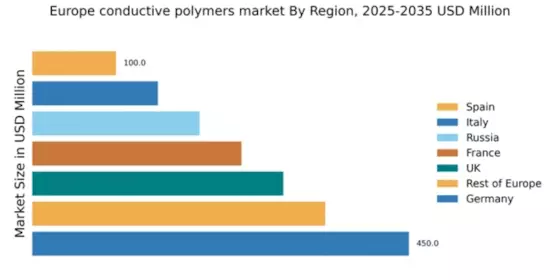
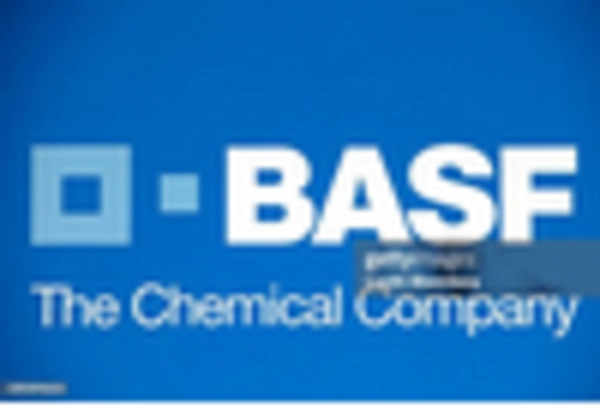

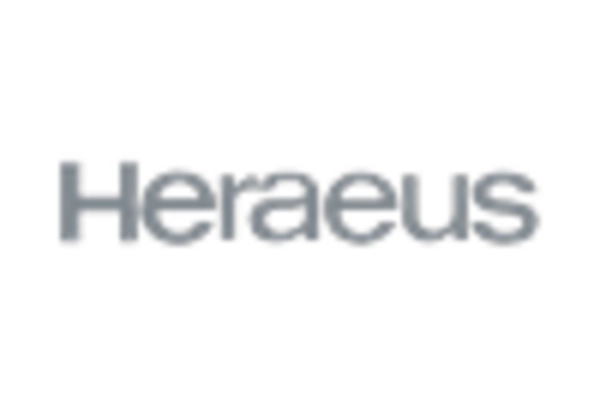
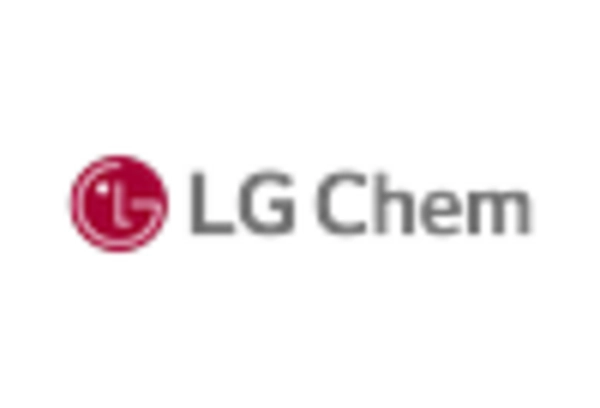
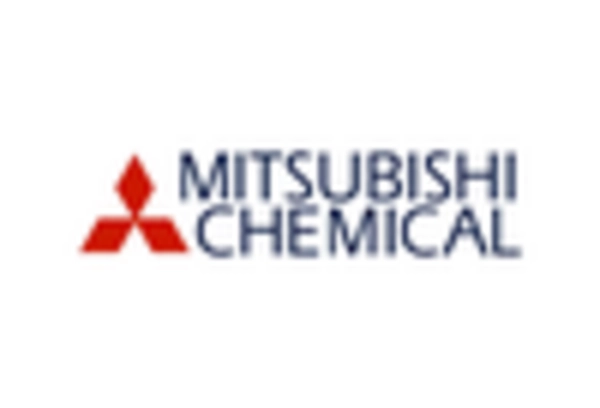
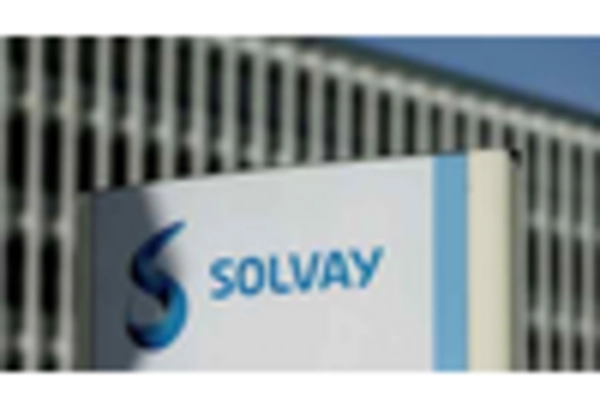








Leave a Comment